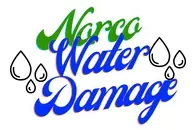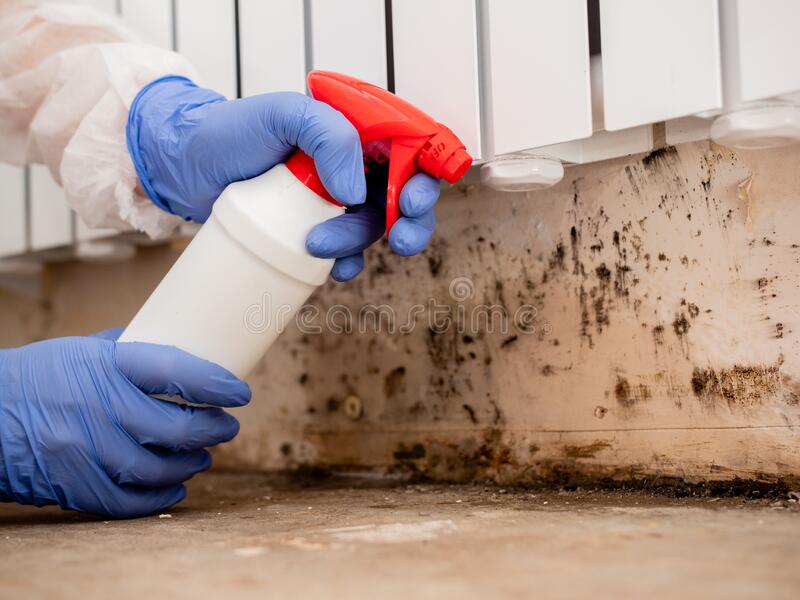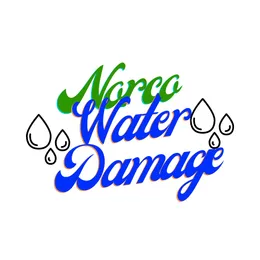Welcome to our comprehensive guide on mold remediation, where we will delve into the importance of addressing mold issues in your home to ensure a safe and healthy living environment. Mold can be a persistent problem, causing not only structural damage to your property but also posing significant health risks to you and your loved ones. By understanding the intricacies of mold growth, its detrimental effects, and effective remediation strategies, you can take proactive steps to protect your home and the well-being of your family.
Understanding Mold
Mold is a type of fungus that thrives in warm and damp environments. It reproduces by releasing tiny spores into the air, which can easily spread and settle on various surfaces, initiating new mold growth. When mold finds suitable conditions, such as moisture, organic matter, and limited ventilation, it can flourish rapidly and become a serious concern.
The dangers of mold
Exposure to mold can have adverse effects on human health, especially for individuals with respiratory conditions, allergies, or weakened immune systems. Mold spores, when inhaled, can cause a range of symptoms, including nasal congestion, coughing, sneezing, throat irritation, and respiratory infections. Prolonged exposure to certain types of mold, such as black mold (Stachybotrys chartarum), can even lead to more severe health issues.
Apart from health risks, mold can also compromise the structural integrity of your home. It feeds on organic materials, such as wood, drywall, and fabric, gradually weakening them and causing potential damage. Additionally, mold growth can result in unpleasant odors, stains, and discoloration, diminishing the aesthetic appeal and value of your property.
Identifying mold issues
Detecting mold problems early on is crucial for effective remediation. Keep an eye out for signs of mold growth, such as musty odors, visible discoloration or staining on walls or ceilings, and the presence of dampness or water damage. It’s important to note that mold can sometimes hide in hard-to-reach areas, such as behind walls or under flooring, requiring professional assessment to accurately identify the extent of the infestation.
Mold Remediation Process
Successful mold remediation involves a comprehensive approach to eliminating the mold source, cleaning affected areas, and preventing future growth. While minor mold issues can sometimes be handled by homeowners, it is advisable to consult professional mold remediation experts for larger or more severe infestations to ensure thorough and effective treatment.
1. Mold Assessment and Containment
The first step in the mold remediation process is a thorough assessment conducted by certified professionals. They will identify the type of mold present, determine the extent of the infestation, and develop an appropriate remediation plan. Containment measures are then implemented to prevent the spread of mold spores during the removal process.
2. Mold Removal and Cleaning
The next stage involves the physical removal of mold-contaminated materials and the thorough cleaning of affected surfaces. Specialized equipment, such as HEPA vacuums and air scrubbers, is utilized to capture and filter out mold spores from the air, ensuring a safe working environment. All materials that cannot be salvaged, such as heavily infested, porous items, may need to be discarded.
3. Drying and dehumidification
After mold removal, it is crucial to address the underlying moisture issue to prevent future mold growth. Professionals will employ drying techniques and dehumidifiers to eliminate excess moisture and humidity from the affected areas. This step is vital to creating an inhospitable environment for mold to thrive.
4. Restoration and prevention
Once the affected areas are thoroughly dried, the restoration process can
begin, which involves repairing or replacing any damaged structures or materials. This step aims to restore your home to its pre-mold condition, ensuring both aesthetic appeal and structural integrity.
To prevent future mold growth, it’s essential to address the underlying causes of moisture. This may involve improving ventilation, fixing plumbing leaks, and ensuring proper drainage around your home. Implementing preventive measures such as installing dehumidifiers, using mold-resistant materials, and regularly inspecting areas prone to moisture can significantly reduce the risk of mold recurrence.
DIY vs. professional mold remediation
While some minor mold issues can be tackled by homeowners using DIY methods, it is important to recognize the limitations and potential risks involved. Professional mold remediation offers several advantages, including:
Expertise and experience
Certified mold remediation professionals possess the knowledge, skills, and experience to accurately assess mold problems, develop effective remediation plans, and safely handle hazardous materials. Their expertise ensures thorough removal and proper implementation of preventive measures.
Advanced Equipment and Techniques
Professional mold remediation companies have access to specialized equipment and advanced techniques that enable them to detect and remove mold more efficiently. HEPA vacuums, air scrubbers, moisture meters, and infrared cameras are just a few examples of the tools used to enhance the effectiveness of the remediation process.
Safety and health precautions
Mold removal can release a significant amount of mold spores into the air, posing health risks if not properly contained and controlled. Professional remediation teams are trained to implement strict safety measures to protect themselves, as well as the occupants of the property, from exposure to mold and harmful contaminants.
Thorough and lasting results
By relying on professional mold remediation services, you can have peace of mind knowing that the issue will be addressed comprehensively. Professionals will not only remove visible mold but also identify and treat hidden mold sources, minimizing the risk of future growth and ensuring a long-lasting solution.
Maintaining a mold-free home
After undergoing mold remediation, it’s crucial to maintain a mold-free environment to safeguard your home and health. Here are some essential tips to prevent mold growth:
1. Keep moisture levels in check.
Monitor and control indoor humidity levels, aiming for a range between 30% and 50%. Use dehumidifiers in areas prone to high humidity, such as basements, bathrooms, and kitchens. Proper ventilation, including exhaust fans in bathrooms and kitchens, can help reduce moisture buildup.
2. Promptly address water intrusion or leaks.
Leaks from pipes, roofs, or appliances can create ideal conditions for mold growth. Act swiftly to fix any water issues and thoroughly dry affected areas within 24 to 48 hours to prevent mold from taking hold.
3. Regularly clean and inspect
Regularly clean and inspect areas prone to moisture, such as bathrooms, basements, and crawl spaces. Pay attention to hidden areas, including behind appliances and under sinks, where mold can thrive undetected.
4. Use mold-resistant materials.
When renovating or building, opt for mold-resistant materials such as mold-resistant drywall, paint, and insulation. These materials are designed to inhibit mold growth and can be beneficial in preventing future infestations.
5. Maintain proper ventilation.
Proper ventilation is crucial to preventing excessive moisture accumulation. Ensure that air can circulate freely throughout your home by opening windows, using exhaust fans, and maintaining a well-functioning HVAC system.
Conclusion
Mold remediation is the key to ensuring a safe and healthy home environment. By understanding the dangers of mold, identifying mold issues, and implementing effective remediation strategies, you can protect your property and loved ones from the harmful effects of mold infestation. Whether you choose to tackle minor mold problems yourself or enlist the help of professional mold remediation experts, it is crucial to address the issue promptly and thoroughly.
Remember, mold remediation is not just about eliminating visible mold; it involves identifying and treating the root cause of the problem to prevent future growth. By maintaining a mold-free home through proper moisture control, regular inspections, and the use of mold-resistant materials, you can significantly reduce the risk of mold recurrence.
At Norco Water Damage, we understand the importance of mold remediation in creating a safe and healthy living environment. Our team of experienced professionals specializes in comprehensive mold assessment, removal, and prevention services. We employ state-of-the-art equipment and follow industry best practices to ensure effective and lasting results.
Don’t let mold compromise the well-being of your family and the integrity of your home. Contact Norco Water Damage today for a thorough mold assessment and let us help you create a mold-free environment for a safe and healthy living space.


